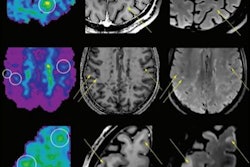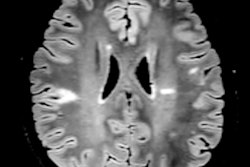ETH Zurich researchers have developed a new MRI method to aid in the early detection and better monitoring of multiple sclerosis (MS) by "mapping" the brain's myelin sheaths.
The loss of myelin sheaths is a hallmark of MS, and a key feature of the disease is that it causes the patient’s own immune system to attack and destroy the myelin sheaths in the central nervous system, a team led by doctoral student Emily Baadsvik and colleagues noted. But visualizing the myelin sheaths to reliably diagnose MS has proven tricky, the group wrote.
In collaboration with Philips Healthcare and Futura, the investigators developed a new MRI method that uses a special head scanner. The method places numerical values on MRI images of the brain to show how much myelin is present in a particular area compared to other areas of the image – for example, a number eight means that "the myelin content at this point is only 8% of a maximum value of 100, which indicates a significant thinning of the myelin sheaths," they wrote.
The team has successfully tested the new method using tissue samples from MS patients and from two healthy individuals; next, they want to test it on MS patients themselves.
"We've shown that our process works," senior author Markus Weiger, PhD, said in a statement released on 5 February by ETH Zurich. "Now it’s up to industry partners to implement it and bring it to market."
The full study can be found here.




















